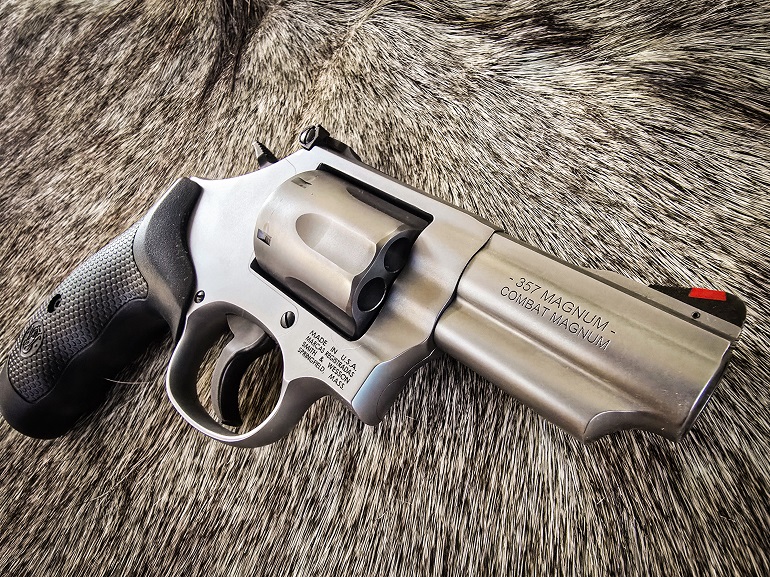
At 55 years old, the Smith & Wesson Model 66 is by no means a baby, but it’s the baby brother of the K frame family’s Model 19. The 2.75-inch barreled Model 66-8 is the latest of the stainless K-Frame “Combat Magnums” from S&W. Whereas the original Model 19 was billed as the “patrolman’s dream,” the Model 66-8 is rightly regarded as one of the best base .357 Magnum everyday carry revolvers on the market.
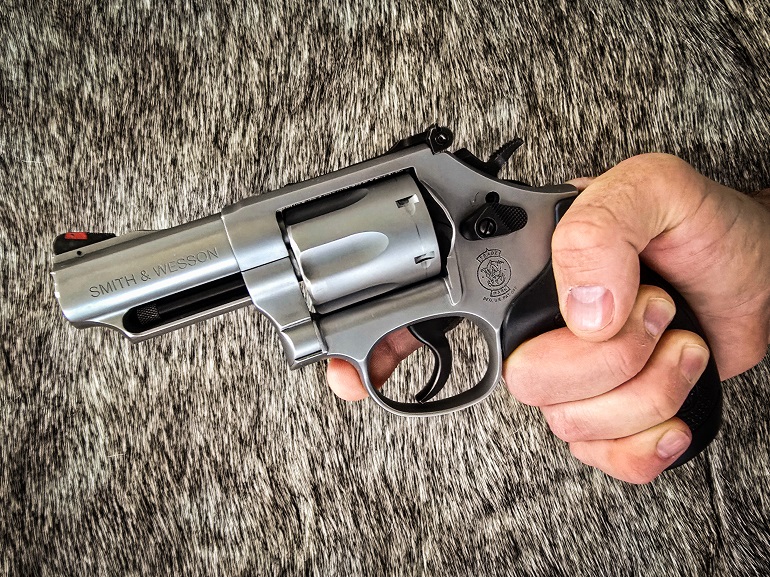
The Model 66 has gone through almost as many iterations and improvements as the older Model 19 has. The stainless K frame magnum benefited from the same improvements made on the original blued version. There’s been much wailing and gnashing of teeth about the individual craftsmanship of the revolvers of 50 years ago or more as compared to these modern wheel guns. There certainly was a lot more individual attention paid to those older guns, both before and after the sale, because they needed them.
In the almost 70 years since the mid-frame magnum was released, there have been more than a dozen design improvements resulting in less wear, more accuracy, and more reliability. Those improvements include how the gas ring attaches to the yoke and the two-piece barrel system, among many others. The results have been positive. For instance, these modern guns are far less likely to have the forcing cone cracking issues as the originals.
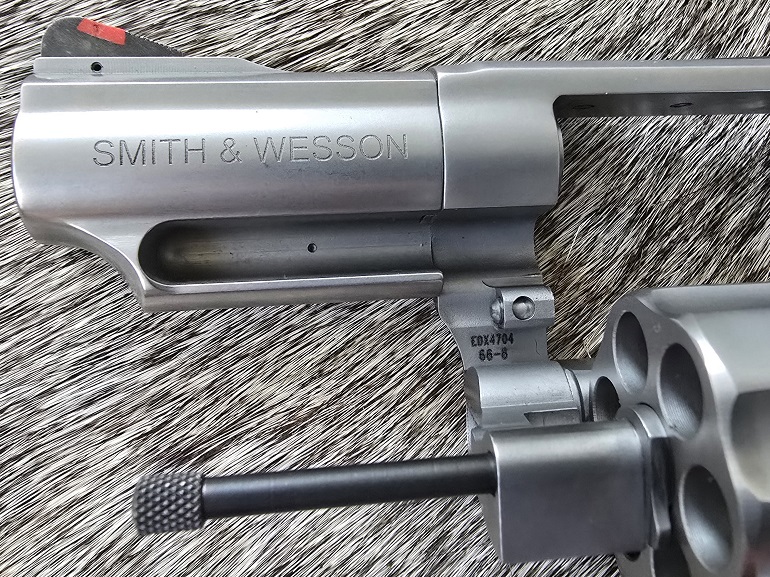
Another example of a design improvement is obvious as soon as you try and eject a cylinder of empty brass. Since the 66-8’s cylinder uses a ball detent in the frame instead of the old locking bolt tucked into the ejector shroud, the short 2.75-inch barrel can still have a full-length ejector rod, unlike previous models. In addition to much more reliable extraction of spent .357 cases, the new design also eliminates the old eventuality of the ejector rod backing itself out under recoil, locking the gun closed. This newest version, the Model 66-8 released in 2014, is just a better engineered gun than its predecessors.
The finish appears to be bead-blasted smooth. It’s perfectly utilitarian and, under the right light, it has a soft glow to it, but never a glare. It’s a good-looking gun, despite not trying to be. That’s mostly because although the finish isn’t shiny, it’s smooth and well done…buttery even. The not-quite-full underlug and opposing rise from the front sight ramp give the little revolver some nice lines.
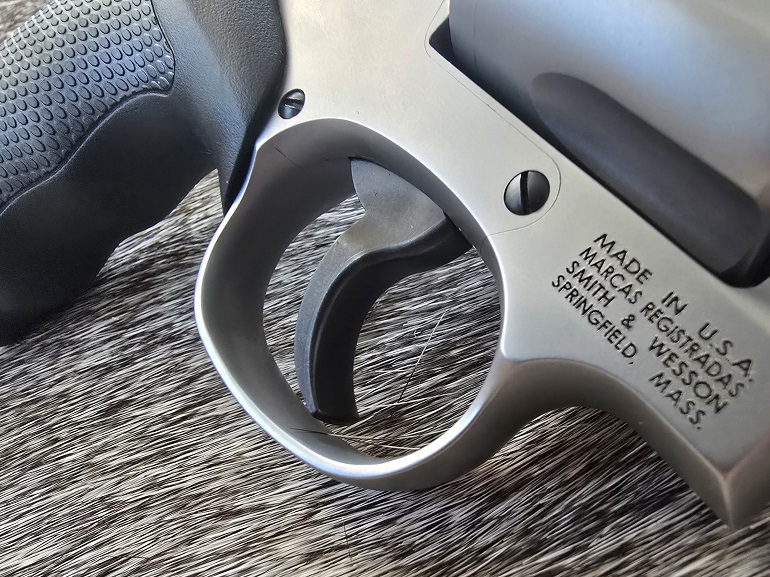
The stainless Combat Magnum sports the well-known S&W trigger. The double action trigger stacks up front, with a very small bit of grit at the start. From there, a straight pull back follows through to a very crisp break. The single action break is wonderful, crisp and short, though not particularly light in weight. The double action pull averaged 10 lbs. 9.0 oz. over five pulls. Single action came in at 5 lbs. 1.4 oz. using my Lyman digital trigger scale. The trigger shoe itself is wide and smooth, with this version sporting a black finish that matches the hammer and cylinder release.
As much as I like this gun, there are a few things about it I’d immediately change. First is, of course, the internal lock. This is a “Combat Magnum,” not a nightstand gun. There’s no reason for the lock to exist here. Although the chance of it failing under recoil and locking up the gun is extremely low, it’s not zero. The lock has to go. Fortunately, a lock delete is very inexpensive and can be done by anyone at home.
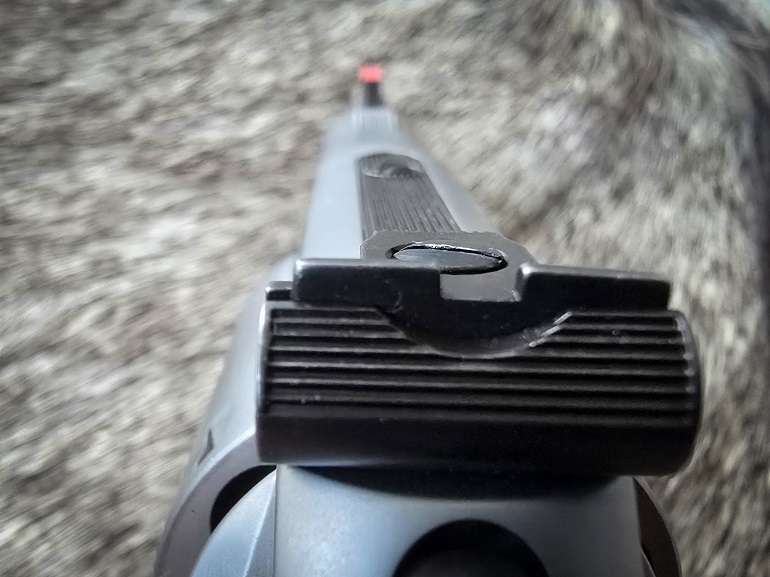
Next on the list are the sights. I’m not sure why Smith chose to go with a shorter rear sight on these models, but that leaves the rear notch very shallow and harder to align the red ramp front sight…which I’d also change to something like a bright fiber optic dot.
The rear sight is also adjustable. Adjustable sights have no place on a short-barreled Combat Magnum revolver. If there was ever a gun that could benefit from one of Dave Lauck’s fixed sights, this is it, and that’s the very first change I’d make, even before the lock delete.
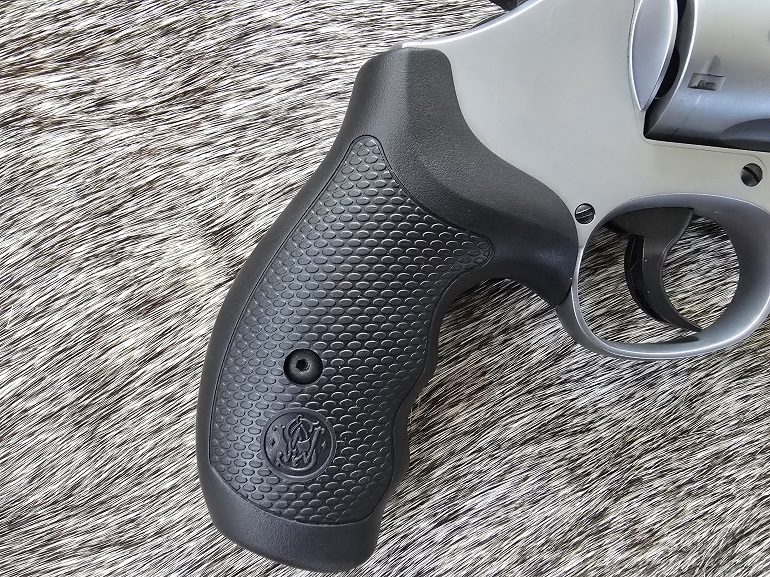
Unlike many other rubber grips, these aren’t very sticky, and I didn’t have any issue with the grips getting caught on clothing during the draw. They’re perfectly serviceable exactly as they are. For my size-large hands, though, they’re too small in diameter. If you also have bigger hands, consider swapping them for high quality G10 grips (probably from Mr. Lauck, again) or something nice in wood with a more palm-filling profile.
Finally, there’s the fact that the Model 66-8 has a hammer at all. It’s wide and nicely textured, easy to get to, even with winter gloves on. It also doesn’t belong on a gun designed to be carried and drawn from concealment in haste. It should be bobbed straight from the factory.
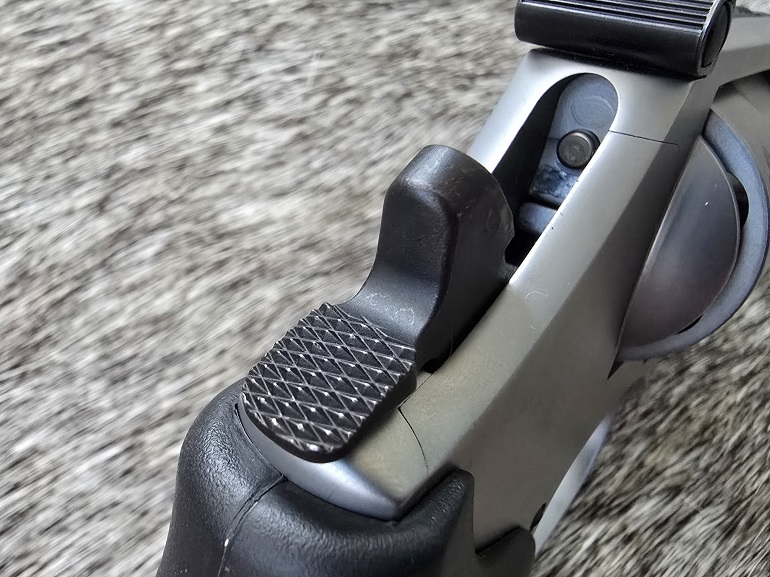
Those issues aside, this gun is certainly worth buying even if you want to make those changes. The critical dimensions are all good. The cylinder gap measured .005″ with a feeler gauge. The cylinder throats were all at a very snug .357″ and the minor bore diameter was .345″, measured with a minus pin gauge.
I didn’t cast it, but the forcing cone is certainly larger than the bore or cylinder throat diameters. All measurements were done after shooting for the review was complete. I didn’t have accurate enough tools to measure any change in cylinder play in full lockup from before and after the review began, and I’m measuring to the thousandth of an inch. This gun isn’t going to shake itself to death, the C.O.D. for most smaller magnums.
Those critical dimensions were obvious on the range. For a .357 Magnum with a less than 3-inch barrel, and surprisingly inexpensive (as modern revolvers go) the 66-8 showed a surprising level of precision. A 158gr cast bullet (Lyman #358665) under 4 grains of Winchester 231, well lubed, produced modest velocities and 2-inch groups. I could shoot that round all day from this gun and I’d be a lot better shot for it. That recipe shoots great in everything.
The worst shooting round I tried was Freedom Arms’ 158gr HP at 3.3″ groups. The best shooting .357 Magnum commercial round was the Barnes 140gr XPB HP, which also seems to shoot very well in pretty much any gun I put it through. I also fired rounds from Buffalo Bore, Federal and Hornady in .38 SPL +P and .357 Magnum, in weights from 110gr to 180gr, and they all fell within those best and worst limits. Group sizes were the result of 5-round groups shot untimed, in single action off bags at 25 yards.
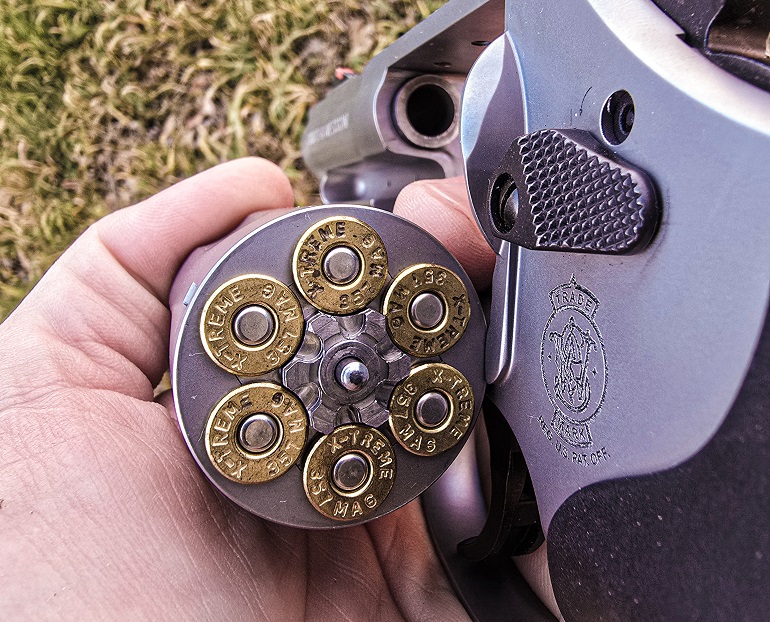
The Smith & Wesson Model 66-8 Combat Magnum is fun and easy to shoot in .38 SPL and .38SPL +P. That’s how I’d shoot it and for anything other than walking through bear country, that’s how I’d carry it too. On the other hand, when penetration and energy delivered is the only concern, you can step up to full pressure .357 Magnum loads.
The terminal effect is much more significant, but you’ll pay for that in blast and recoil. The 140gr Barnes round wasn’t bad as long as you were using a good double crush grip. Fast and accurate follow-up shots single-handed with the heaviest .357 Magnum rounds (below) were a mere fantasy, at least for me.
The most interesting round was Buffalo Bore’s 180gr Heavy Outdoorsman hard cast rounds (Item 19A/20), of which I only had 3 left. Those 3 rounds fell right at 3 inches and, according to my Garmin chronograph, left the 66-8’s barrel at 1,269fps. Again, this is a sub 3-inch revolver. Recoil was significant, but I have no doubt penetration would be exceptional.
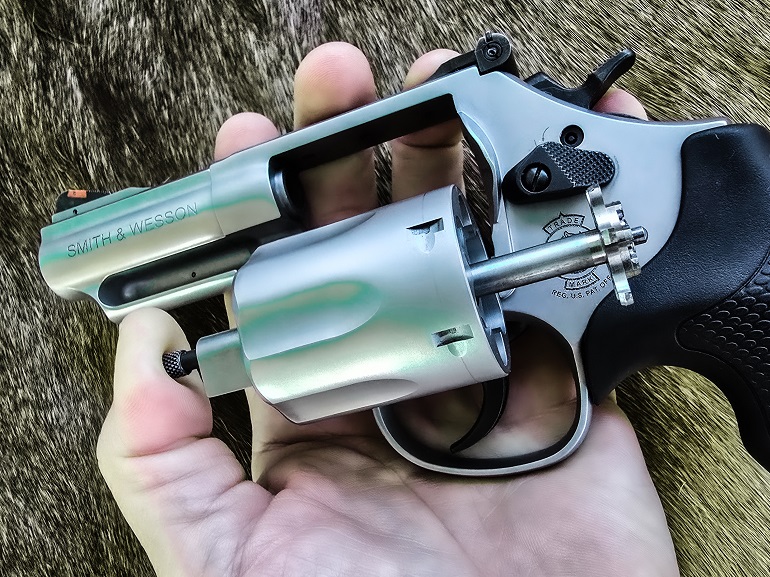
No matter what round I fired, function and reliability were perfect. Given what must be a fairly heavy mainspring, ignition was never in doubt. Extraction and ejection can be a challenge with short-barreled revolvers, but since this one has that full-length ejector rod, full cylinders dropped out with a push of the ejector and the cylinder itself swung out with a press of the release.
I fired a good deal more rounds through this gun than I thought I would. That’s because I had just finished with a lot of firing of a new Model 19 last month, and I’ve also had the 4.24-inch version of this gun for some time. I have a few pre-lock K frames as well. I’m pretty familiar with it. And yet, 300 rounds of .38 SPL, another 100 rounds of .38SPL +P…and 100 rounds more of .357 Magnum (some of them admittedly anemic, some not) in a month of shooting and I’m still liking this little wheel gun….and still shooting it too.
Although I generally shy away from smaller .357 Magnums because of the recoil and diminished performance of the cartridge, there’s no denying their ease of carry and just how simple they are to use. That’s not just how easy they are to fire, but how easy it is to conceal, carry, and draw as well. It also highlights one of the advantages of an EDC revolver. You can draw, “fire” dummy rounds, cycle the action and reload at home just as you would on the range.
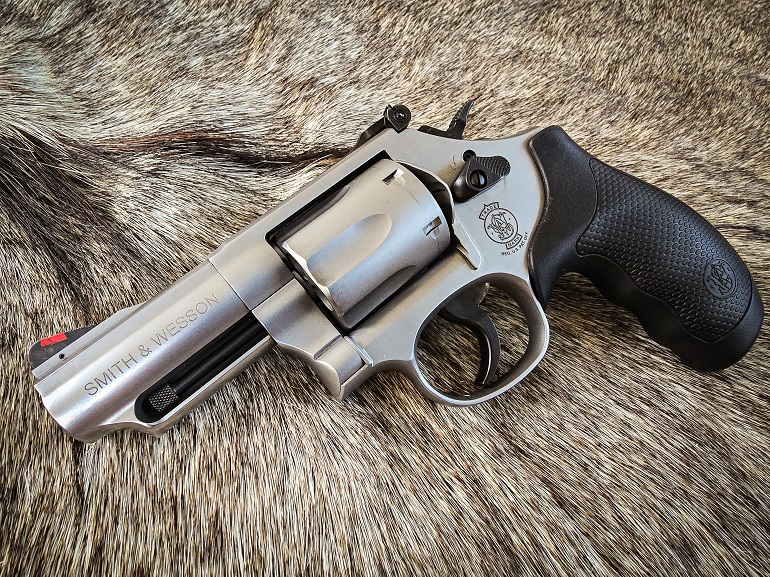
The Smith & Wesson Model 66-8 Combat Magnum is certainly one of the more popular guns in the K frame lineup, and for a lot of very good reasons. It’s powerful, reliable, concealable, and a fine revolver exactly as it is. With a few minor modifications, it might be the ideal EDC magnum.
Specifications: Smith & Wesson Model 66-8 Combat Magnum
Caliber: .357 Magnum
Capacity: 6 rounds
Barrel Length: 2.75 inches
Length: 7.8 in
Height: 5.85 in
Weight: 33.1 oz
Action: Single/Double
Grip: Synthetic
Sights: Adjustable rear, red ramp front
MSRP: $999

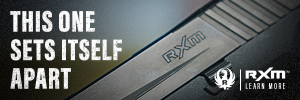
Beautiful gun and been on my short list for a while now along with a 460V.
Alas, not buying with that stupid lock especially since I know they can and will make them without.
I’ve cash in hand, Smith. It stays in hand until you drop the lock. Not gonna buy a molested revolver loaded with Clinton-era PTSD.
I always found 158+ grains to work well with surprisingly manageable recoil from the 3in sp101. Will have to get some chrono readings now that things are thawing and draining out.
Nothing carry’s like a K frame.
After viewing dozens of videos I’m not convinced you lose a lot of performance in short barreled .357’s. Some. But not a whole lot.
Matters on the loading but will typically exceed 9mm+p for all but the lightweight options that I have seen. Looking to test the copper solids for similar weight to barrel length as those are the main culprits thus far.
jwm,
As far as I can ascertain with potent .357 Magnum cartridges, you really get a significant boost in muzzle velocity when you jump up from a 2-inch “snubby” barrel to a 6-inch barrel. Moving up from a 2.75-inch barrel to the popular 4-inch barrels doesn’t produce a huge increase.
Anyone who knows me knows that I love revolvers even though my “everyday carry” self-defense handgun is a semi-auto pistol.
The Smith & Wesson Model 66-8 Combat Revolver featured in this article seems like a dandy revolver.
If I was going to switch my “everyday carry” handgun to a revolver platform, I would carry a revolver with a 3-inch barrel chambered in .38 Special +P and load it with potent 150 grain hardcast full wadcutter cartridges.
For reference I just so happen to own such a revolver and cartridges which is readily available if choose to carry it. My particular revolver really hits the “sweet spot” with its 3-inch barrel, 24-ounce weight, 1.4-inch width, 6-round cylinder, and just barely full-hand grip. I have no idea how accurate it is at 25-yards since I would only carry it for self-defense engagements at 10 feet or less where it is plenty accurate.
Although I agree with the author’s assessment of the modern (and classic) K frames, I have to differ in that I’m grateful for the bean counters at S&W (for a change) and their decision to leave a hammer spur-ectomy up to the end user. It’s an easy process that can be cleanly accomplished with a couple hand files and some cold-blue if desired.
Frankly, I like the presence of the adjustable sights as well.
I guess if I were to pocket carry a K frame (I wouldn’t) I’d be worried about snags. But in the era of effective and easy appendix carry; I see no better way to carry a firearm with a 10+ lb double-action trigger. To each their own, as it should be.
Love it.
The author is spot-on with comment regarding the lock and sights.
I would likely MagNaPort as well.
Nothing like a .357; the target stays dead.
Old school.